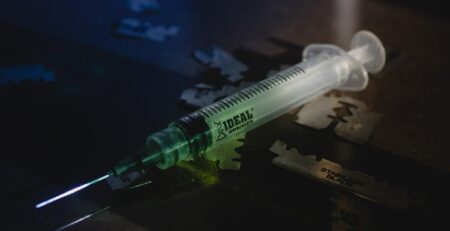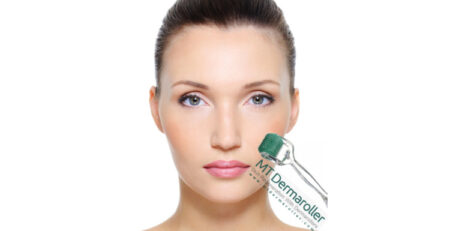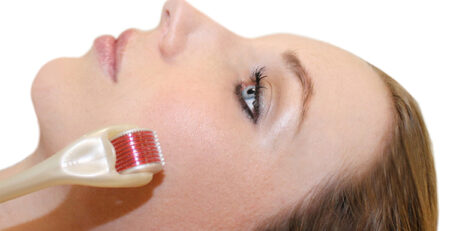How To Derma roll Your Face?
I know it does sound like much fun, but puncturing your skin using a wheel covered in tiny metal needles – also known as dermarolling or microneedling– is actually the secret weapon to eliminating skin imperfections and attaining flawless, timeless skin. It is incredibly cost-effective. You can do this at your home. Other skin rejuvenating treatments cost a fortune and are still don’t worth the money.
The real secret to dermarolling is to promote collagen production and increasing blood flow by causing mild injuries to the skin. The skin stimulates the healing of mild injuries by activating healing factors like IGF-1 which promotes healing and cell regeneration. This process results in the production of new cells. The new skin produced is radiant, plump and rejuvenated.
After microneedling, your skin acts like a sponge, absorbing anything put on it. Pairing your microneedling treatment with skin repairing and rejuvenating serum can rapidly penetrate the ingredients into your skin and eliminate skin imperfections and helps you to attain flawless, timeless skin.
Here’s a guide to how to derma roll your face properly and safely in the comfort of your own home.
HOW TO DERMA ROLL YOUR FACE?
What are the tools used for dermarolling?
Nowadays, there is a trend for treating your skin at home due to the current pandemic situation. One of the topmost tools used for skin rejuvenating includes our mighty dermaroller, dermapen, and dermastamp.
Dermaroller is a device with a wheel and needles on it, and a handle on the bottom. The needles on the dermaroller come in different sizes ranging from 0.5mm to 3mm. The working of dermaroller is really simple, you just need to roll the dermaroller onto the skin. The rolling will create pinpricks on the surface of the skin.

The other tool that is preferred nowadays is the dermapen. The slight difference between the dermapen and the dermaroller is that the former is an updated electronic version of the latter which is rolled by hand. Needle depth can be adjusted with dermapen whereas the traditional dermaroller can only reach a single depth. The needles in dermapen penetrate the skin vertically while the needles on the dermarollers penetrate the skin at an angle causing more chance of ‘tears’ through the skin leading to more pain. However, the end result is the same from both of the devices.

Dermastamp, as the name indicates is a stamp with needles. It involves stamping the face with the device. The science behind all the devices is the same. But most people prefer using traditional dermaroller because it is cheaper and more convenient to use.
How to derma roll your face?

BEFORE:
- Exfoliate. Make sure to exfoliate your skin 1-2 days before the procedure to remove dead skin cells and make the treatment more effective.
- Wash your face. Use a gently pH based cleanser to cleanse your face. Make sure that there is absolutely no dirt or makeup left on your face.
- Disinfect your roller, fingers, and face. Place your roller in 70% isopropyl alcohol solution for 5 to 10 minutes. Dip a cotton pad in witch hazel and wipe your fingers and face with it.
DURING:
- Divide: Visualize and divide your face in five sections. No need to do this physically. You can do this mentally.
- Roll: Slightly pull the skin of the area taut. Roll in one direction 6 to 8 times forward and backward in 3 directions: vertically, horizontally, and diagonally. To allow the needle to penetrate the skin deeply, apply a bit of pressure. Slightly lift the derma roller after each roll to create new micro-channels in the skin rather than going over the same ones repeatedly.
AFTER:
- Clean: After you’re done dermarolling, wash the treated area with water only and allow it to air-dry.
- Nourish: Apply a small amount of skin serum to the area.
- Protect: Protect the area with moisturizer and sunblock if you are going out.
- Repeat: Start by dermarolling once a week. Avoid dermarolling for 4 weeks (if using a 1.5mm derma roller) or 5 weeks (if using a 2.0mm derma roller). After four to five weeks, repeat this process.











